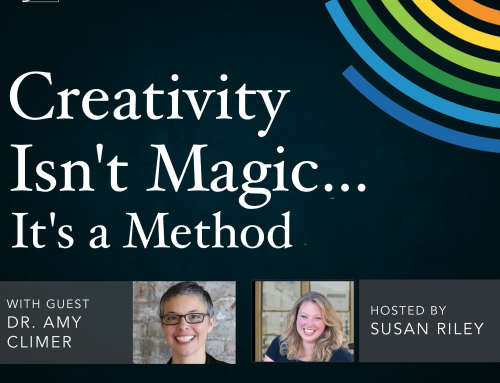Creating Classroom Museum Exhibits
3 Min Read • Social Studies
Editor’s note: this is the last article in our “Best of 2014” series. We’ll be back on Monday with all new articles and ideas for you to kick off 2015!
On a recent visit to New York City, I had the chance to visit many of the world-class museums the city has to offer. Just to name a few, the Guggenheim Museum, the Museum of Modern Art, the Museum of Natural History, and the Ellis Island Immigration Museum. As I walked through these museums, it occurred to me that this is arts integration at work in the real world. I saw content areas come together and come alive seamlessly. Visual art, music, media arts, history, science, literature, and math all came together to create these masterpieces.
Creating a classroom museum exhibit can be an effective tool for arts integration. Museum lesson plans can be a powerful way for students to synthesize information, make content connections, demonstrate deep understanding of a topic, and practice speaking, listening, and presentation skills. Here are some ways to integrate the arts through a museum experience in your classroom…
Museum Procedures
- Museum Labels (Tags): There are a few types of labels/tags students can create to identify and provide information about parts of their exhibit as well as individual pieces. An introduction label should talk about the main idea of the exhibit. A section label can be used to identify topics within the exhibit. Finally, an object label describes the individual object or piece of art. This label typically gives the title of the piece, the date and place of creation, and the materials of the object. (Click here for information on creating classroom museum labels. In addition to other educational activities related to museum labels.) This procedure can be used for any piece of artwork created in an arts integrated museum lesson plan.
- Museum Docents: Having students act as museum docents, or tour guides, is a great way to have them demonstrate what they know. All while, practicing those speaking and listening standards.
- Artist Statements and QR Codes: Have student record artist statements, and upload them a podcast or website. Display a QR code next to each piece. Include the museum label, so viewers can scan to access these recordings.
Exhibit Ideas
- Nature Displays: Students collect items from nature, based on a theme or topic of study. (Either collected from a nature walk, or brought from home). Have students display these items in a collage, and label them using classroom museum tags.
- Lit Exhibit: Have students create an exhibit of items related to a piece of literature. These items can connect to characters, setting, and plot. Students should create museum tags for these items. Then, be able to guide visitors through the exhibit as a docent. Students can also write about their item in an essay or journal entry.
- Historical Exhibit: Have students curate artifacts related to a social studies topic (historical or cultural). Students can include music, visual art, videos, digital media, information about important individuals from the time/culture, and cultural/historical items in their exhibit. Artifacts should be catalogued and given museum tags. And, students should be able to act as a docent to visitors to the classroom exhibit.
- Geometric Art: Have students create a piece of art incorporating geometric concepts (see the work of Mondrian). Students should create classroom museum tags for these pieces. They should be able to act as a docent, explaining the mathematical process that went into the creation of their artwork.
- Wax Museum: This is a familiar strategy. A wax museum requires students to research a historical figure or a character from a piece of literature. Students dress as that character, and prepare a monologue or written statement to be shared with visitors to the classroom museum. Additionally, they could take this a step further by providing a list of questions or topics for discussion that can be brought up to each character, students should respond in character, making the museum experience more interactive and giving students an opportunity to practice speaking, listening, and presentation skills.





